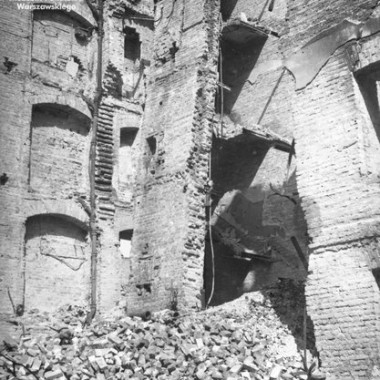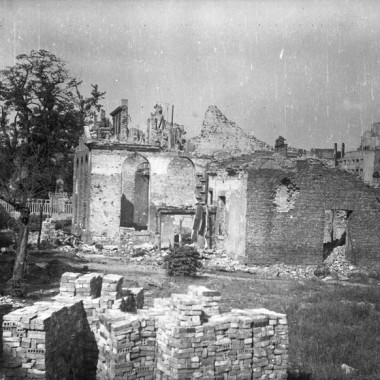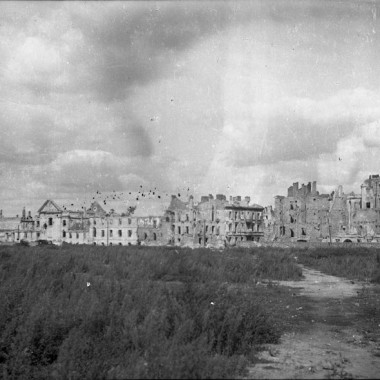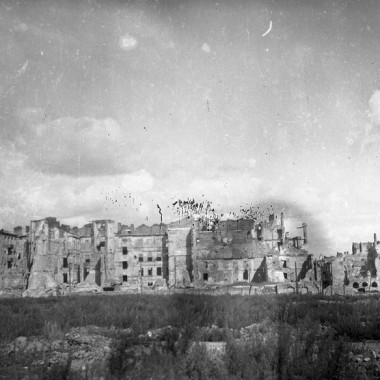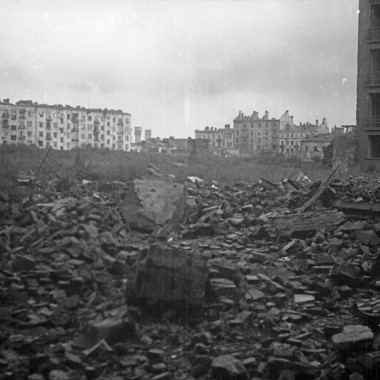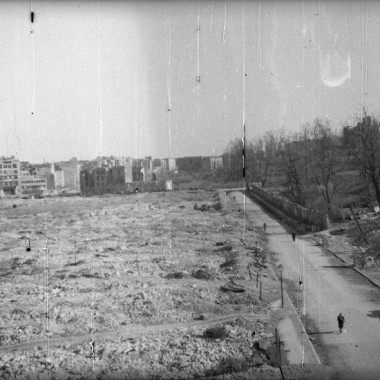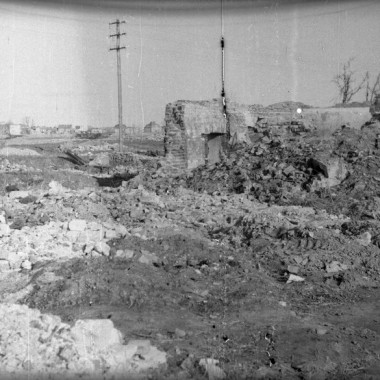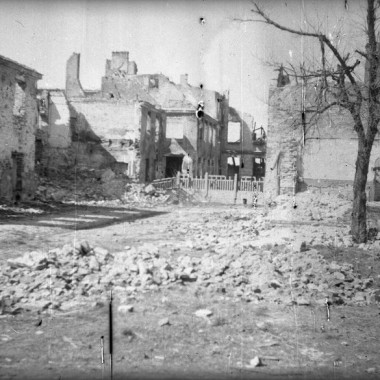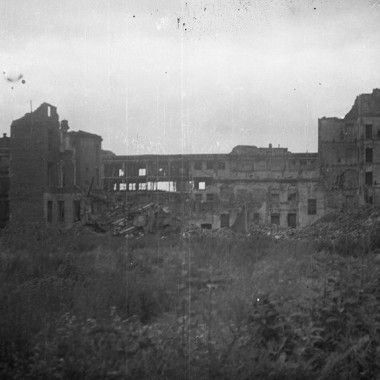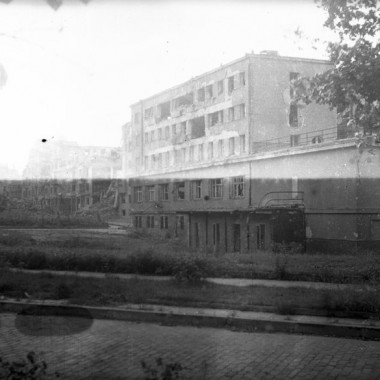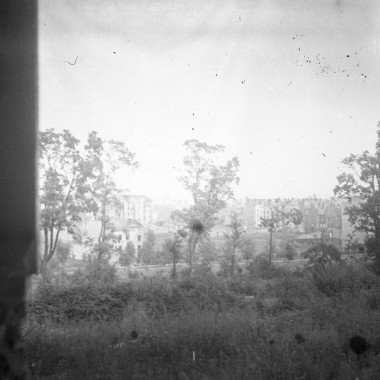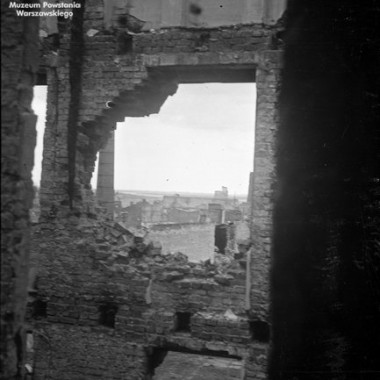Officer Cadet Sgt. Juliusz Bogdan Deczkowski “Laudański” was born on 20 April 1924 in Bydgoszcz. Until the outbreak of World War II, he was a student at the Władysław Giżycki Middle and High School. In the first days of September 1939, he served as a dispatch runner in the Scout War Alert organisation. During the occupation, after the German authorities had effectively banned Polish secondary education, he attended Władysław Giżycki’s First Degree Private School for Gardening, in which the Tadeusz Reytan Middle and High operated in secret. In the spring of 1939, he began his scout service in the “Gray Ranks” (“Szare szeregi”), becoming one of the organisers of the underground scout troops in Giżycki’s school. On 9 May 1941, he was arrested for putting up patriotic posters and incarcerated in the Pawiak prison. Released after 9 months, he returned to underground activities. After beginning his service with Grey Ranks’ the assault groups in November 1942 , he received rifleman training, participated in secret high school courses, and completed a course of “Agricola” Infantry Reserve Officer Cadet School. The leader of 3 Troop in the “Alek” Platoon of the “Zośka” Battalion, he took part in several Grey Ranks operations, including Operation Arsenal. During the Rising, he fought in the “Zośka” Battalion and took part in liberating the Gęsiówka concentration camp. Wounded in combat at the Evangelical Cemetery on 8 August, he evacuated the Old Town and got to the City Centre through the sewers. In the night of 20-21 September, he swam across the Vistula River from Czerniaków to Saska Kępa. In a bid to avoid arrest, he enlisted into the Berling Army, with which he was sent to Lublin. He deserted on 23 January 1945 after hearing the news of the liberation of the capital. On returning to Warsaw, for safety reasons, Deczkowski assumed the first name of his brother, Stanisław, who was killed during the Rising. In 1945, he passed his final secondary education exam and began studies at the Faculty of Mathematics, Physics and Chemistry of the Warsaw University . He was involved in the exhumation and burials of his fallen comrades of the “Zośka” Battalion. Responding to the call by Col. “Radosław” , he revealed his identity before the Liquidation Committee of the former Home Army, and returned to his true name. Arrested by officers of the UB (Department of Security) on 14 January 1949, Deczkowski was held in the Warsaw-Mokotów prison. Sentenced for “intention to forcibly overthrow the political system of the Polish People’s Republic”, he was incarcerated in the prisons of Wronki and Bielawa, where he worked in quarries. He was released after four years, and returned to his university studies. Deczkowski was acquitted and rehabilitated under a sentence by the High Court of 29 December 1956. He worked at Warszawskie Zakłady Farmaceutyczne (Warsaw Pharmaceutical Company), and later at the Warsaw University of Technology. He was a long-time director of Zjednoczone Zakłady Gospodarcze INCO (United Economic Enterprises) and the editor of the magazine Tworzywa sztuczne w medycynie (Plastics in Medicine). Actively involved in the activity of the circle of former “Zośka” soldiers, he co-authored Pamiętniki żołnierzy baonu “Zośka” (Memoirs of soldiers of the “Zośka” Battalion). He was the author of several publications on the Grey Ranks and “Zośka”, and a co-founder of the Social Committee for the Preservation of the Graves of the Fallen “Zośka” Battalion Soldiers. Deczkowski died on 22 June 1998 in Ciechocinek.
In the spring of 1945, Juliusz Bogdan Deczkowski set off with his camera on a photographic journey to revisit all sites where the “Radosław” Group fought during the Rising. He documented the sites of particularly fierce combat in which his “Zośka” Battalion had been involved, including the ruins of the Wola district, Warsaw Ghetto, Old Town, City Centre and Czerniaków. In the same year, he took photos at the funeral of Andrzej Romocki “Morro” of the Grey Ranks, which was held at the Powązki Military Cemetery. In the following years, he documented the graves of the soldiers of the “Zośka” Battalion at that cemetery.





